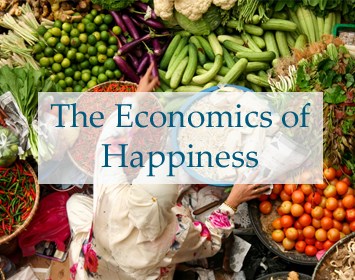Inauguration 2017 Special Coverage w/ Angela Davis, Naomi Klein, Ralph Nader & More
Menu

Special coverage in the Trump Era
From Public Citizen's Corporate Presidency site: "44 Trump administration officials have close ties to the Koch brothers and their network of political groups, particularly Vice President Mike Pence, White House Legislative Affairs Director Marc Short, EPA Administrator Scott Pruitt and White House budget director Mick Mulvaney."
Dark Money author Jane Mayer on The Dangers of President Pence, New Yorker, Oct. 23 issue on-line
Can Time Inc. Survive the Kochs? November 28, 2017 By Jane Mayer
..."This year, among the Kochs’ aims is to spend a projected four hundred million dollars in contributions from themselves and a small group of allied conservative donors they have assembled, to insure Republican victories in the 2018 midterm elections. Ordinarily, political reporters for Time magazine would chronicle this blatant attempt by the Kochs and their allies to buy political influence in the coming election cycle. Will they feel as free to do so now?"...
"Democracy in Chains: The Deep History of the Radical Right’s Stealth Plan for America" see: our site, and George Monbiot's essay on this key book by historian Nancy MacLean.
Full interview with The New Yorker’s Jane Mayer March 29, 2017, Democracy Now! about her article, "The Reclusive Hedge-Fund Tycoon Behind the Trump Presidency: How Robert Mercer Exploited America’s Populist Insurgency."
Democracy Now! Special Broadcast from the Women's March on Washington
The Economics of Happiness -- shorter version
Local Futures offers a free 19-minute abridged version of its award-winning documentary film The Economics of Happiness. It "brings us voices of hope of in a time of crisis." www.localfutures.org.
What's New?
November 20, 2006
New York Community Gardens as Seen by a Berlin Activist
"What have I learned from the New York community gardens as a Berliner? They show us, in an exemplary fashion, how a crisis can turn into an opportunity. In order to understand this, we must first see the full extent of the structural crisis in our cities. Since the Berlin wall came down in 1989, we have had budget cuts everywhere and the privatization of public institutions, of what some have called ‘the commons’. This evolution, called today globalization, has not been confined to the global South, it started simultaneously in the poor districts of rich North American cities. Already 30 years ago Harlem and East New York began to experience a process of unequal development. This process has been challenged since in the early 1990s, culminating in the large protests in 1999 in Seattle against the World Trade Organization..."
read full text here: pdf download 6 pages

